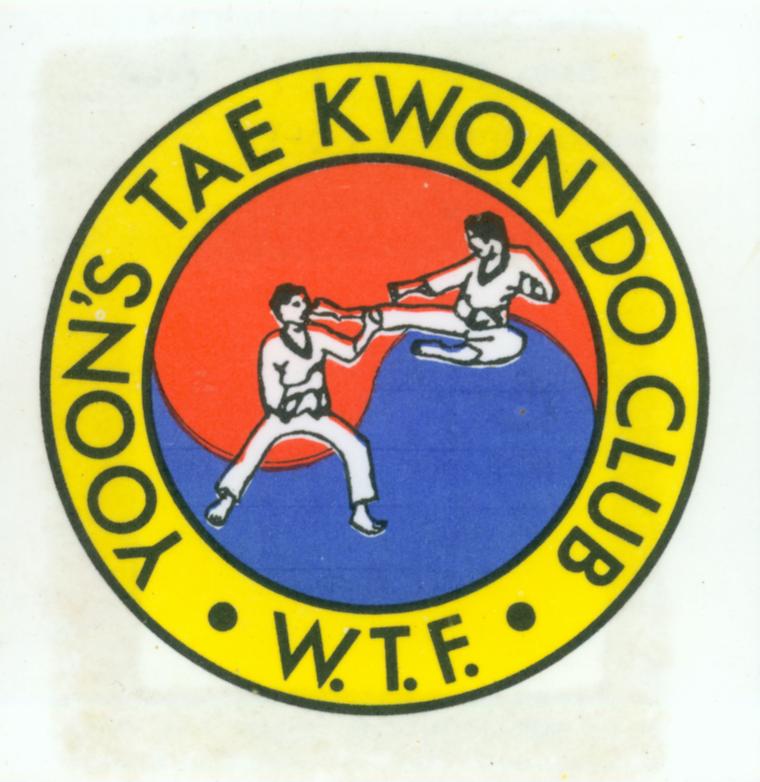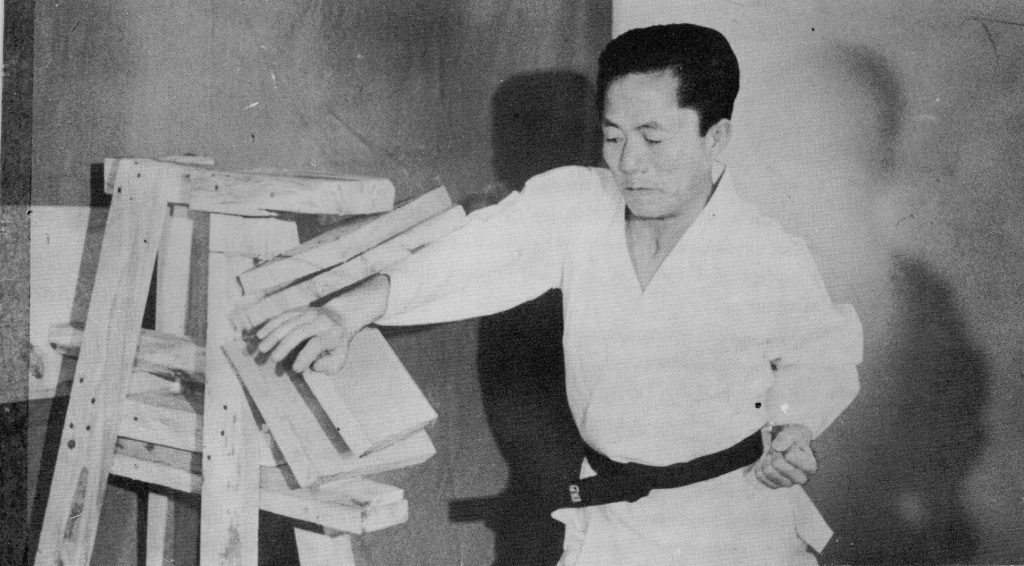‘Ye Olde Wondo’ (Taekwon-Do) as Phil ‘the rabbit’ from NORCAT called it – is as old as Christianity, if not older. This modern amalgam of martial arts from the Korean peninsula can be traced back to the activities of the Hwarang-Do, in the Silla dynasty about 1,400 years ago. Known as T’ae-Kyõn, the method of self-defence was added to during the Japanese occupation of Korea, with hand techniques from martial arts such as Karate and Shotokan. Variants such as Tang-Su, Kong-Su, Kwõn-põp were unified into one format in 1955, after the Korean war (1950-1953) and named Taekwon-Do. (Leg Hand Art).
American military presence in South Korea resulted in the art being translated into a form of contact sport – which is what we see in today’s Olympics. Wearing body armour and pads whilst fighting isn’t as graceful or ergonomic – as doing so without such protection – but prevents injuries, which can be fatal.
A Taekwon-Do (TKD) master is less likely to participate in competitions simply because after a certain point, they become lethal in action. In the East, if someone is tried for affray and found to be of a certain grade – they are treated as if they were in possession of an automatic pistol. Taekwon-Do isn’t malicious or spiteful. Like all things it depends on culture. The Korean nation developed around Bhuddism, a belief system which discourages violence – apparently!

Taekwon-Do is famed for explosive kicking, high kicks and flying kicks. These techniques were developed to combat incursions of mounted invaders from China and Mongolia.
At school I was bullied. When I was thirteen I saw off a group of nine older lads who were intent on beating me up. I realised I had ‘a talent’ and quite enjoyed righteous violence. This happened during the closing years of the Vietnam war. ‘Everybody was Kung-Fu fighting’. Bruce Lee gave us ‘Enter the Dragon’ and David Carradine starred in the TV series ‘Kung Fu’.
To get me out of depression – caused by the bad times at school, my father encouraged me to do archery. Eventually I sold my archery gear and bought a ‘ghi’ joining NORCAT Taekwon-Do club receiving instruction from Roger Priddes, overseen by Richard Cox from Norwich. Cox preferred a Japanese style under SEKKA or ‘South Eastern Korean Karate Association’. I moved to WTF (World Taekwon-Do Federation) style under SCK Lee at Jubilee Hall, Covent Garden in London. Eventually I joined Yoon’s Taekwon-Do Club (WTF) in South London (Clapham and Elephant & Castle). My motivation was simply to defend myself better, which I did on a couple of occasions in street fights, overcoming muggers.

Skilful states of mind (and body) are integral to the framework of Buddhism. Precision and self-mastery characterise many martial arts including Taekwon-Do. TKD hinges around ‘jeongsin’ :- Etiquette, Modesty, Perseverance, Self-control and Indomitable Spirit. It’s the Indomitable Spirit which is hardest to grasp, define and teach – but take a look at Master Yoon’s face (featured pic) as he demonstrates a flying side kick (Timyo/Nadal?Yeop Chagi).
Master JH Yoon was allegedly a Korean champion and served for three years in the Vietnam war on the side of the Americans . He held the rank of sergeant in the Korean Marine Corps. The author Robert Mason mentions ROKs (Republic of Koreans) in his book ‘Chickenhawk’ saying they were ‘devout killers and the Americans always felt reassured when they had a Korean guard’.

However, as a teacher he showed perseverance and great patience – two very important ingredients. He also had a sense of humour.
Taekwon-Do taught me all sorts of things besides self-defence. It was never my ambition to be an Olympic champion or an instructor. I found it hard (in competitions) to go to a sports hall on Sunday afternoon and kick some poor chap’s head in. The emotional drama of someone spilling my pint was absent.

Taekwon-Do teaches discipline, fitness, self-control and a positive attitude. It was under Yoon’s tutelage that I learned to fast, something I do intermittently these days. TKD teaches endurance and tolerance of pain. In one instance I completed a round of free-sparring (Jayu-Daeryon) after my arm had been broken.
Perhaps the greatest benefit to me has been self-control. I’ve refrained from taking vengeance on the many bullies I’ve met (so far) and attribute my temperance to Taekwon-Do jeongsin. I utiliseTaekwon-Do stretching techniques in men’s yoga classes. We also meditate according to simple Buddhist Vipasana, even though yoga is of Hindu provenance.
I have witnessed mind bending feats of skill and my perception has been challenged by Taekwon-Do masters. I appreciate their input and thank them for their inspiration along with other instructors and club members.
Black and white photo’s from ‘Taekwon-Do – the art of self-defence’ by Choi Hong Hi
Featured pic: Master JH Yoon performing a flying side kick in Seoul, South Korea.

Leave a Reply